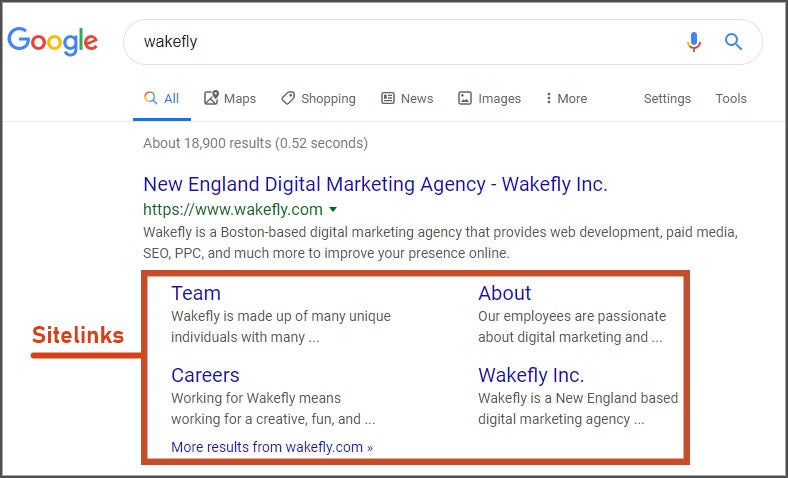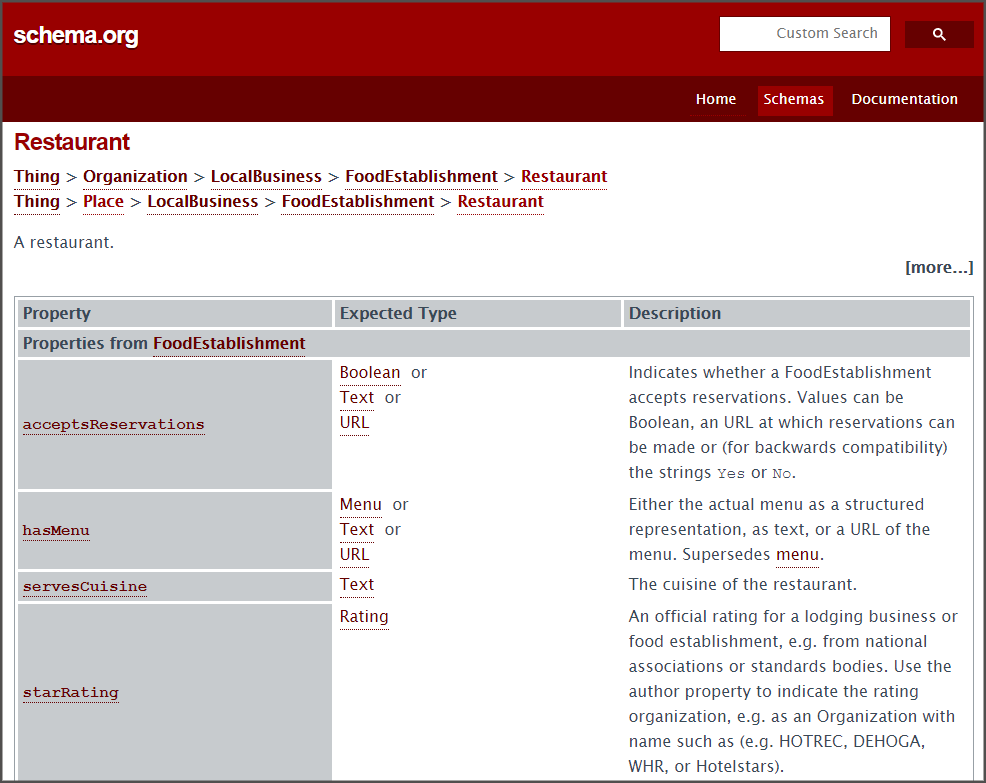Posted on 8/29/2019 in Digital Marketing
Every website has a structure, but in this blog, we are addressing the site structure for your website. The structure of your website is how you organize, group and relate your content. The stronger it is, the better the usability experience and the greater the chance of ranking higher in search engines. And believe it or not, Google cares. If your site has a flat site structure, meaning every page is just one click away from the home page, Google will have a problem with crawling your site. It should be rare that you have an orphan page that does not lead to another.
Why is it important?
Site structure is important because it impacts two important business issues that every company is concerned about – maintaining your competitive edge and growing revenue. First, a well-organized site will enable your brand to develop a competitive edge because visitors will know exactly what you do and easily find what they are looking for in the least amount of clicks. You want to structure your site in a hierarchical fashion where all the content about your company, such as history, mission, leadership, careers and locations, is stored under the About Us section on the main navigation bar.
Second, a site with an intuitive site structure will create a great user experience for your visitors, as navigation should be easy. This enables brand loyalty from your target market and therefore making it easier to convert them into customers and repeat visitors.
From an organic rankings perspective, a strong site structure is important, too, primarily because it enables search engines to understand your site, making it easier for them to index more of your pages and resulting in higher organic rankings.
You should also consider adding sitelinks. These are additional links that appear beneath the main URL for your brand when you are searching for it on Google. These are invaluable, as they deep-link to other pages on your site. This can also afford you more real estate on the search engine results page with an increased number of sitelinks. A bonus when it comes to increasing your SEO rankings.

Search engines like internal links, just as much as external links. This is an important factor in showing your pages are relevant to each other. It also gives context and allows visitors to spend more time on your site, resulting in a boost in your SEO results.
How do you implement a great site structure?
As we’ve mentioned in previous blog articles, discovery is the first phase in creating a great site structure. Look at the data in your Google Analytics to assist in your decision making regarding structuring your site. You can also employ heat mapping tools, like Hotjar or Crazy Egg to see how visitors are actually interacting with your site. This data is invaluable to understanding your users and their behavior on your site. When creating your sitemap, couple the data with a clear understanding of your target market’s needs, of the critical pages in the conversion path and of your competitive advantages.
The first step is starting with your homepage. We all know this is the hub for most of your visitors. You want to create a clear navigation path across your site, so focus on two elements: menu and breadcrumbs. Your menu should include the main categories on your site. Not everything needs to be on the menu, if you have a large site with many categories, you can create a secondary menu. Drop-down menus are the perfect place for important sub-items.
Breadcrumbs help your visitors to understand where they are on your site. They can be clickable links that are visible at the top of the page. This can help a visitor that has entered your site via a deep page from an external source. A good linear breadcrumb trail will help reduce bounce rate, as users can easily find a higher level link to other pages.
Next, you’ll structure your site in a hierarchy that’s intuitive. If your company has multiple product lines, don’t store them all under a generic “products” section. Instead, separate them out into categories with the content under each category specifically related to that product. For example, a bank could have URLs structured something like abcbank.com/business products/lines of credit and abcbank.com/personal products/home equity lines of credit, rather than simply abcbank.com/lines of credit. Make sure you have provided plenty of internal links so that visitors can easily find related content. This will also help Google to crawl your site and understand how your pages relate to each other.
Another important element of the site structure is structured data. This is a vital part of having a good SEO ranking. Structured data is code that is written in a specific way for search engines. They, in turn, use it to generate immediate query answers, leading to high ranking results for the URL with the structured data. When Google understands your website on a deeper level, it serves better results to searchers. Schema markup is a structured data vocabulary that defines actions and relationships on the internet. It will help you find the markup that you need for your particular page. If you go to Schema.org, you can copy examples of this code and adapt it to your needs. Here is an example of schema for a restaurant:

Next, you’ll structure your site in a hierarchy that’s intuitive. If your company has multiple product lines, don’t store them all under a generic “products” section. Instead, separate them out into categories with the content under each category specifically related to that product. For example, a bank could have URLs structured something like abcbank.com/business products/lines of credit and abcbank.com/personal products/home equity lines of credit, rather than simply abcbank.com/lines of credit. Make sure you have provided plenty of internal links so that visitors can easily find related content.
Finally, you should continuously test, iterate and optimize to ensure that your site structure is always providing your visitors with a great user experience. Keeping a close eye on your Google Analytics will help you in determining where you can optimize.
Struggling to get more visitors to your site?
Request a Free SEO Audit of Your Website!
Related Articles

Outdated or Outstanding? How to Tell If Your Website Needs a Refresh
Your website is the digital face of your business. It serves as a first impression, a marketing tool, and a resource for potential customers. [...]

Preparing a Website Redesign Budget for 2025: A Step-by-Step Guide
As we approach 2025, businesses are recognizing the necessity of a fresh, user-friendly website to stay competitive in a rapidly evolving digital [...]

Elevating Your Brand: The Transformative Power of Website Design
In the digital age, your website is often the first point of contact between your brand and potential customers. It's not just a platform to showcase [...]
